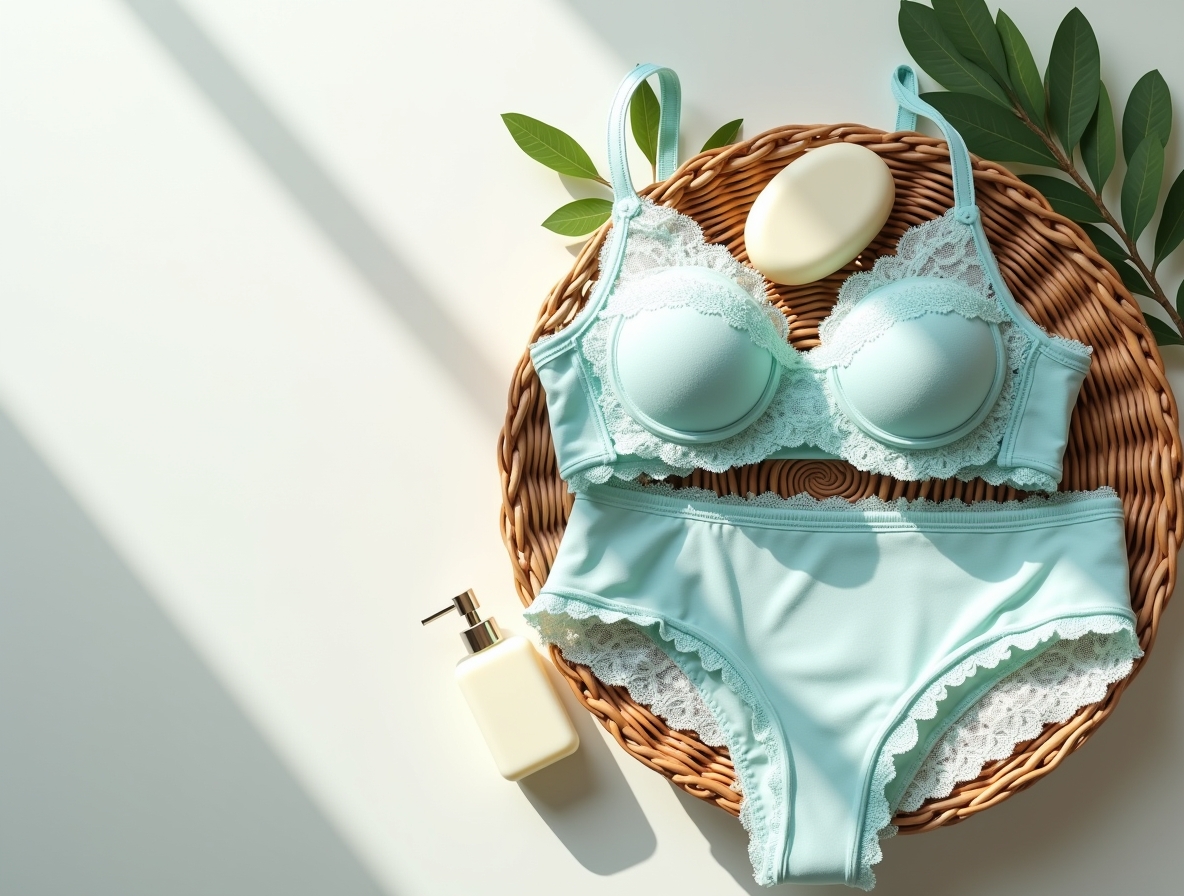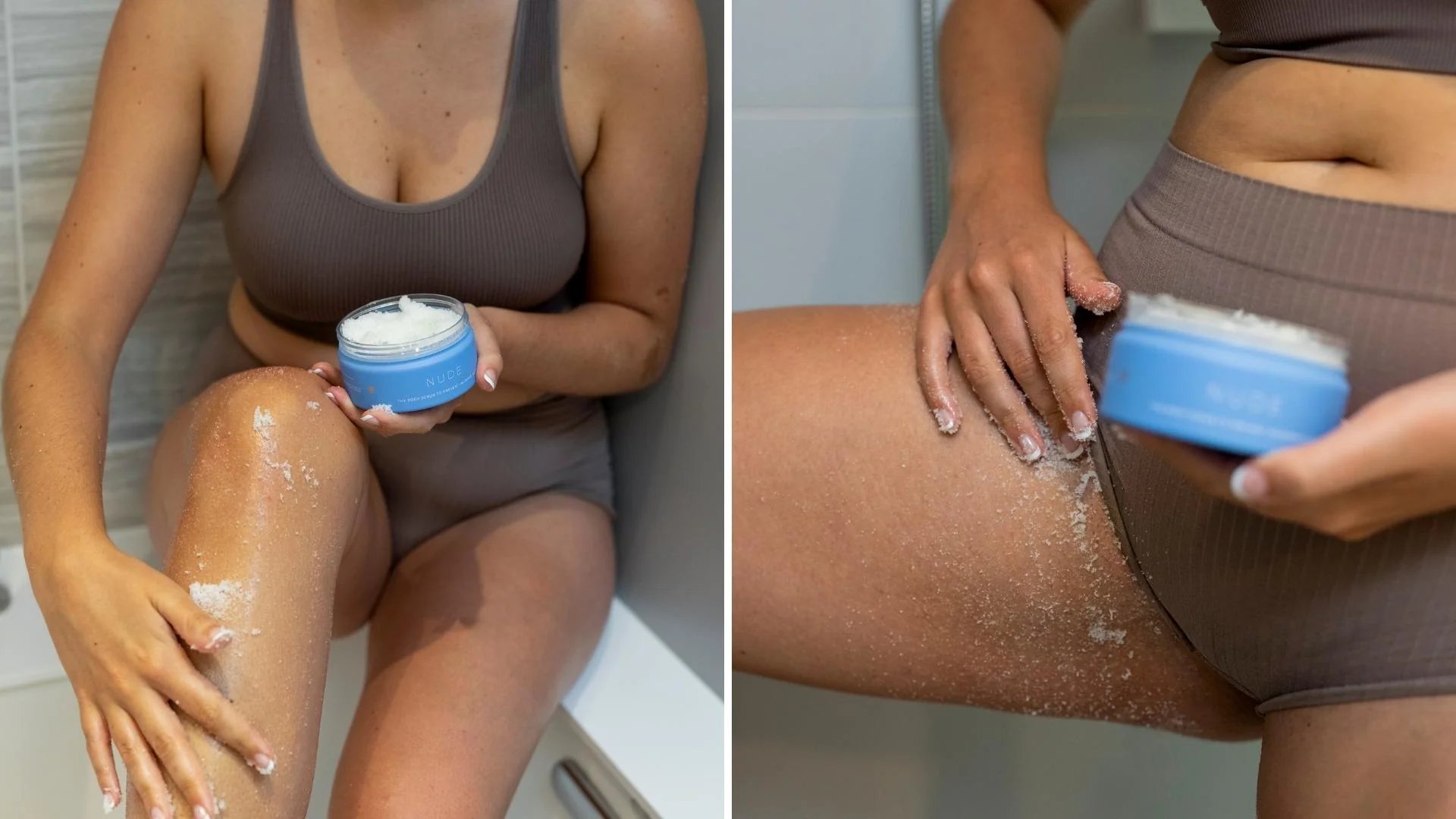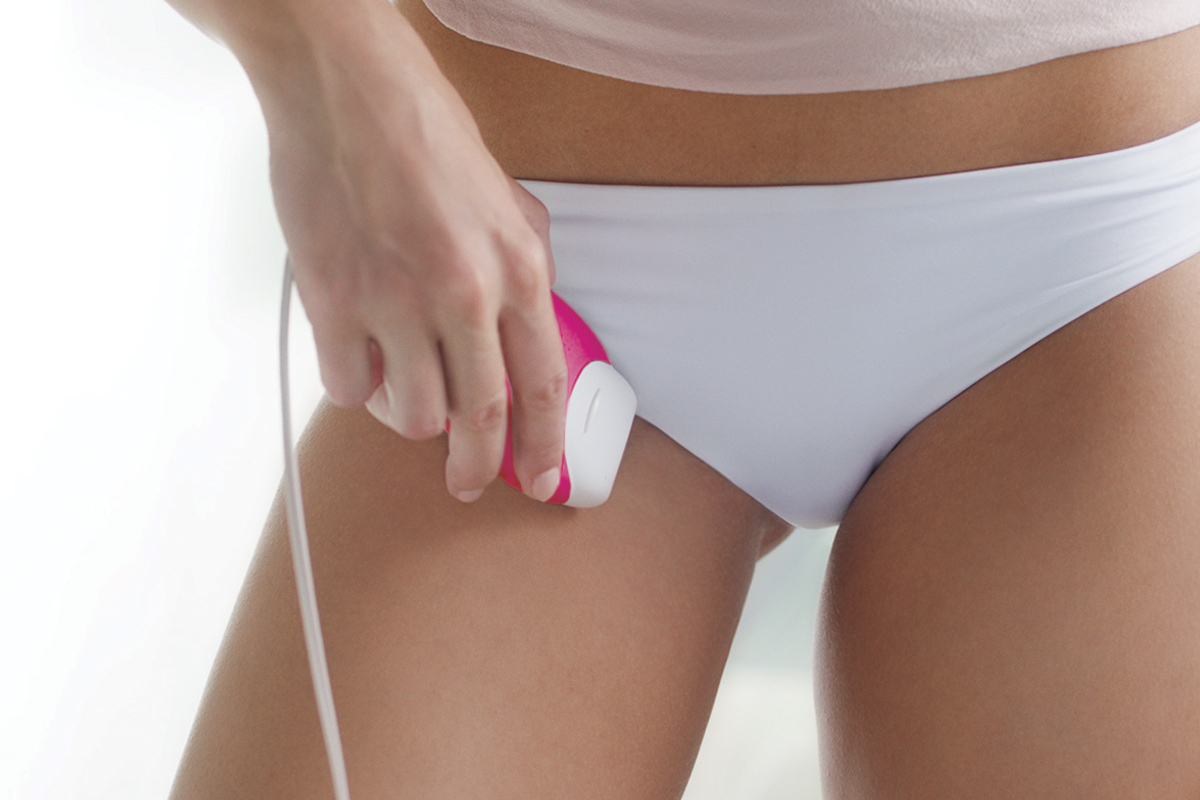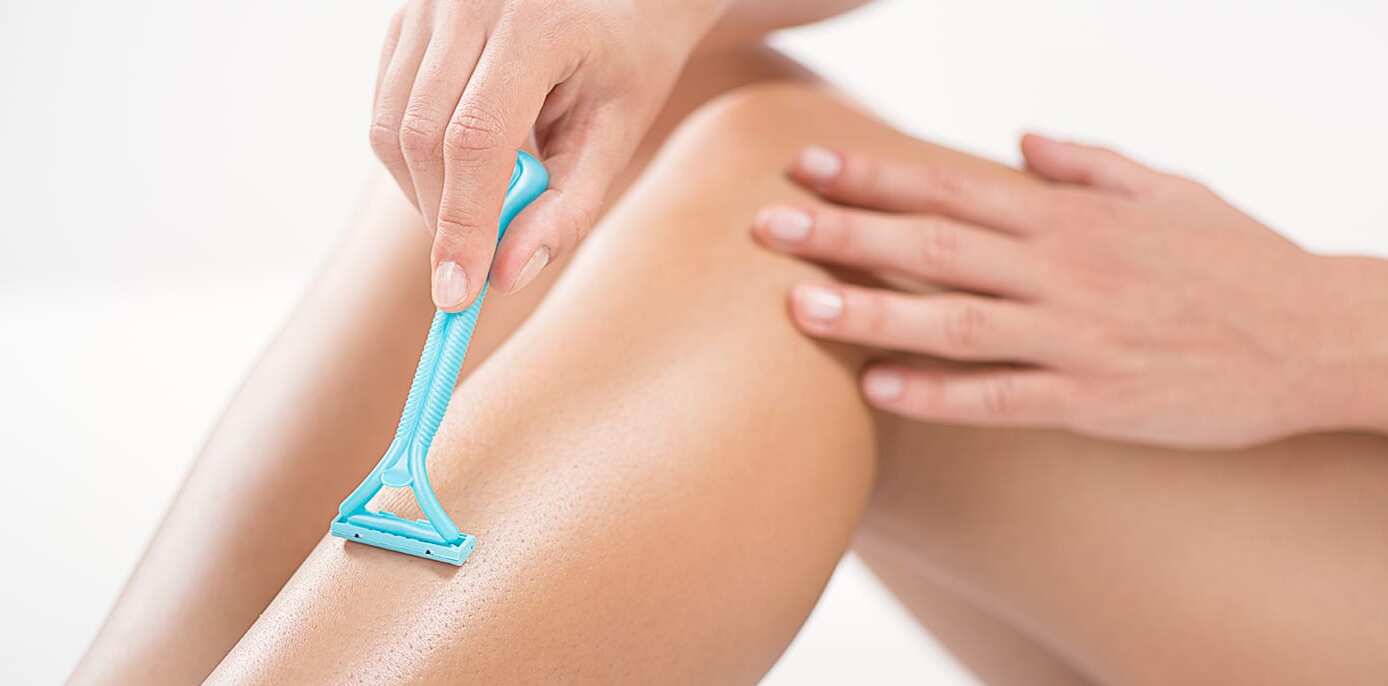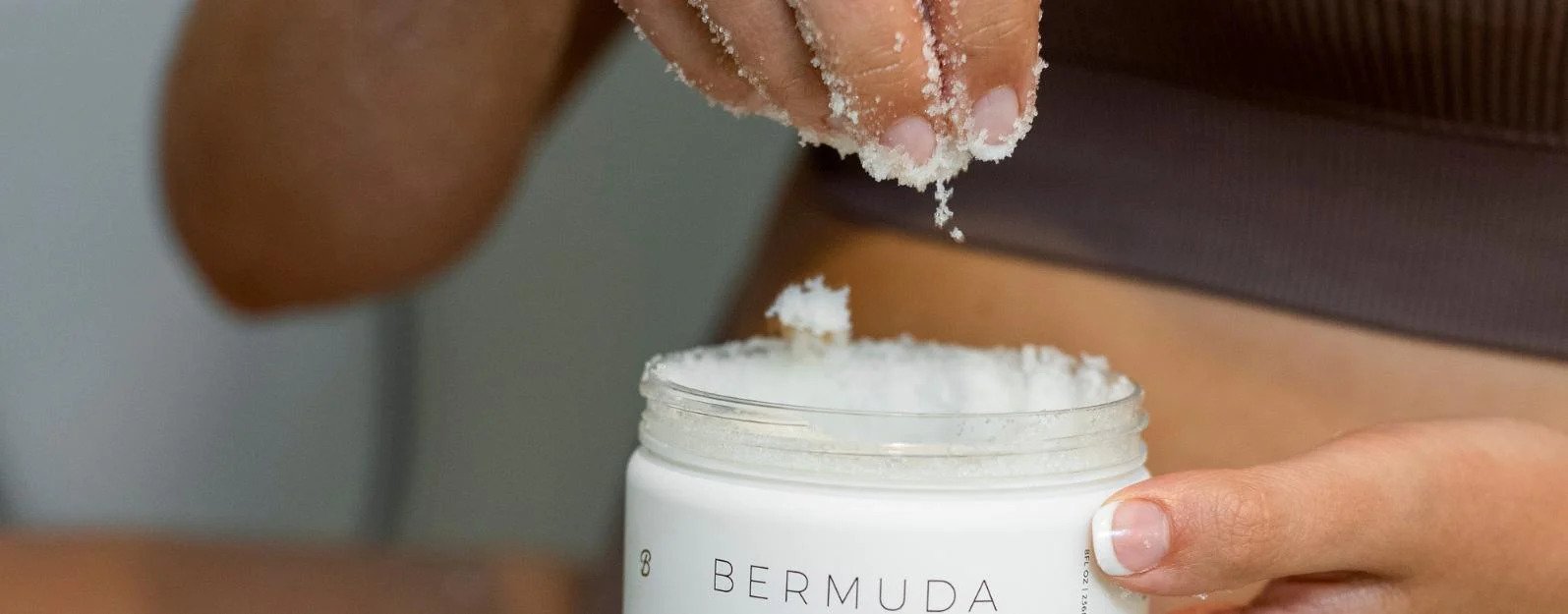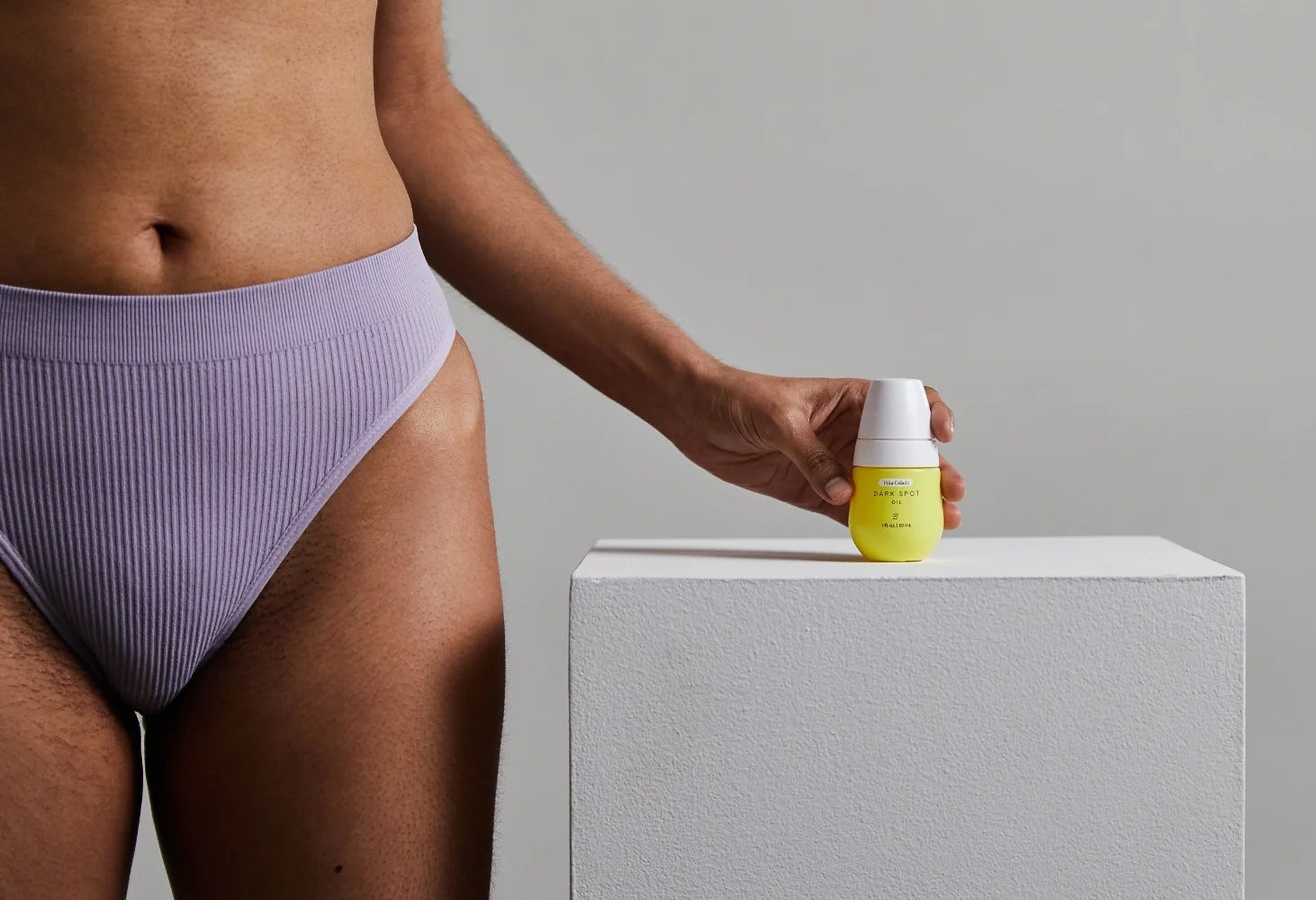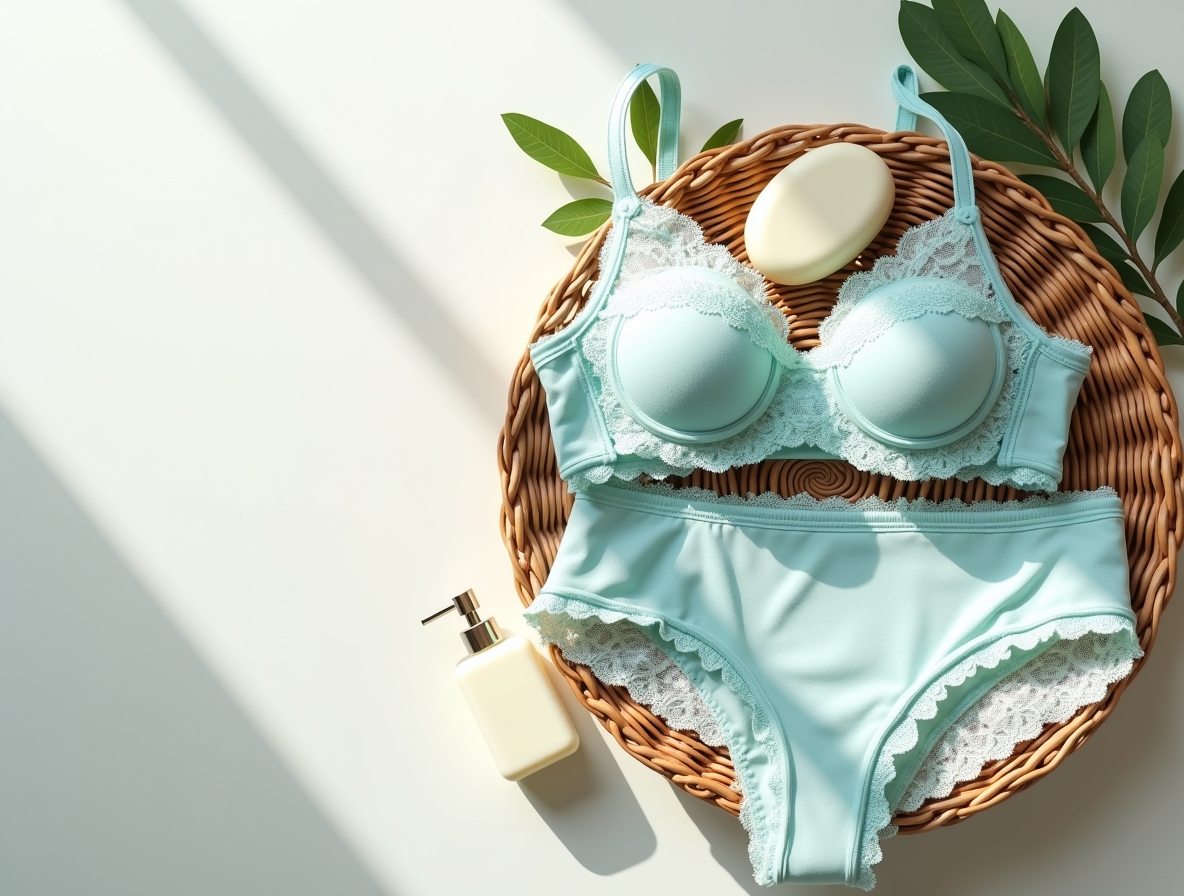Home>How-to Guides>For Women>How To Stop Itching After Shaving Bikini Area
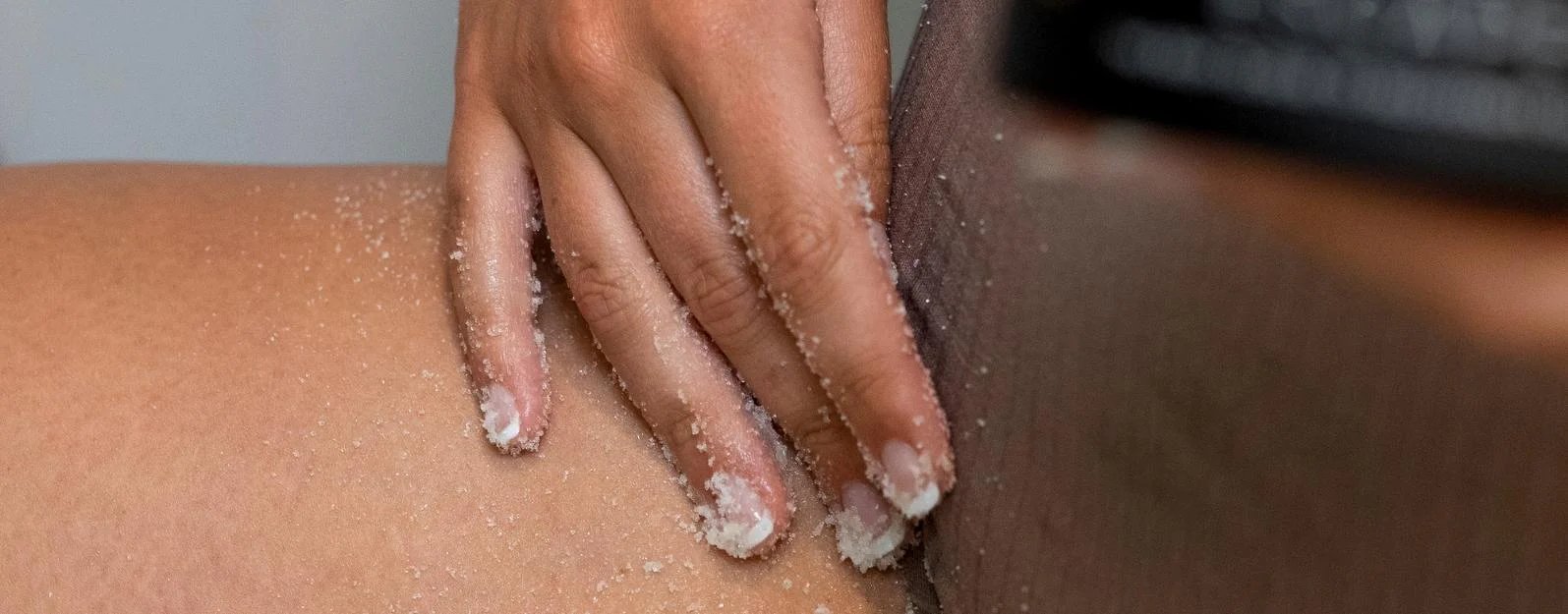

For Women
How To Stop Itching After Shaving Bikini Area
Modified: September 23, 2023
Learn effective techniques to stop itching after shaving your bikini area. This guide is specifically designed for women, providing relief and preventing discomfort.
(Many of the links in this article redirect to a specific reviewed product. Your purchase of these products through affiliate links helps to generate commission for Under-tec.com, at no extra cost. Learn more)
Table of Contents
- Introduction
- Understanding the causes of itching after shaving
- Pre-shave preparation to minimize itching
- Proper shaving technique for reducing itchiness
- Choosing the right tools and products for shaving the bikini area
- Post-shave care to soothe and prevent itching
- Natural remedies for relieving post-shave itchiness
- When to seek medical advice for persistent itching
- Conclusion
Introduction
Shaving the delicate bikini area is a common grooming practice for many women. However, it can often lead to an annoying and uncomfortable side effect – itching. If you’ve experienced post-shave itchiness, you’re not alone. This common issue can be caused by various factors, such as skin sensitivity, razor burn, ingrown hairs, or dryness.
Understanding the underlying causes of itching after shaving the bikini area is crucial for finding effective solutions. By addressing these factors and making some small changes to your shaving routine and aftercare, you can minimize the itchiness and enjoy a smoother, more comfortable shave.
In this article, we will explore the causes of itching after shaving, as well as provide practical tips and natural remedies to soothe and prevent this common annoyance. Whether you’re a seasoned shaver or new to bikini area grooming, these insights will help you achieve a itch-free and enjoyable shaving experience.
Understanding the causes of itching after shaving
There are several factors that can contribute to the itching sensation after shaving the bikini area. By understanding these causes, you can take proactive steps to prevent and alleviate the discomfort.
One common cause of itching is razor burn. When a razor blade repeatedly passes over the skin, it can cause irritation and inflammation, resulting in redness and itching. This is especially common if you’re using a dull or old razor blade, as it can tug at the hair follicles and create friction on the skin.
Another culprit behind post-shave itching is ingrown hairs. When the hair follicle becomes clogged or grows sideways instead of upward, it can cause a small, painful bump to form under the skin. This can lead to itching and discomfort, especially as the ingrown hair continues to grow.
Skin sensitivity is another factor that can contribute to post-shave itching. The bikini area tends to be more sensitive than other parts of the body, and the act of shaving can further irritate the skin. If you have naturally sensitive skin or conditions such as eczema or psoriasis, you may be more prone to experiencing itching after shaving.
Dryness is also a common cause of post-shave itching. Shaving can strip the skin of its natural oils, leaving it dry and susceptible to irritation. This is especially true if you’re using harsh soaps or shaving creams that further dehydrate the skin.
Lastly, improper shaving technique can exacerbate itching. Shaving against the direction of hair growth or applying too much pressure can lead to more irritation and inflammation.
By understanding the causes of itchiness after shaving, you can make informed decisions about your pre-shave preparation and shaving technique. In the next sections, we will explore effective strategies to minimize post-shave itching and discomfort.
Pre-shave preparation to minimize itching
Proper pre-shave preparation is key to reducing the risk of itching and irritation when shaving the bikini area. By following a few simple steps, you can help create a smoother and more comfortable shaving experience.
Firstly, it’s important to exfoliate the skin before shaving. Exfoliation removes dead skin cells and helps to prevent the buildup of trapped hairs. You can use a gentle exfoliating scrub or a soft brush to gently cleanse the bikini area. This will not only improve the effectiveness of your shave but also reduce the chances of ingrown hairs.
Next, ensure that the bikini area is properly hydrated before shaving. Take a warm shower or apply a warm compress to the area for a few minutes. This will soften the hair and make it easier to shave, reducing the risk of razor burn or irritation.
Investing in a high-quality shaving cream or gel specifically designed for sensitive skin is also crucial. These products provide a protective barrier between the razor and your skin, minimizing friction and irritation. Choose a shaving cream that contains moisturizing ingredients like aloe vera or shea butter to help hydrate and soothe the skin.
When applying the shaving cream, make sure to do so in the direction of hair growth. This will help to lift the hair and provide a smoother shave. Avoid using too much pressure while applying the cream, as this can also lead to more irritation.
Lastly, always use a clean and sharp razor when shaving the bikini area. Dull blades can tug at the hair follicles and cause more irritation and itching. Replace your razor blade regularly, and consider using a razor specifically designed for sensitive areas with multiple blades and a moisturizing strip.
By following these pre-shave preparation tips, you can significantly reduce the risk of itching and irritation when shaving the bikini area. In the next section, we will discuss proper shaving techniques to further alleviate post-shave itchiness.
Proper shaving technique for reducing itchiness
Adopting the right shaving technique can greatly minimize itchiness and irritation when shaving the bikini area. By following these guidelines, you can achieve a smoother shave and reduce the risk of post-shave discomfort.
Firstly, always make sure to trim the hair in the bikini area before shaving. Using a pair of sharp scissors, trim the hair to a manageable length, which will make the shaving process easier and less likely to cause irritation.
When it comes to applying the razor, remember to always shave in the direction of hair growth. Shaving against the grain can increase the likelihood of razor burn and ingrown hairs, leading to itching and discomfort. Take short and gentle strokes, rinsing the razor blade frequently to remove any built-up hair and shaving cream.
Applying too much pressure while shaving is a common mistake that can result in irritation and itchiness. Instead, let the weight of the razor do the work, gliding it over the skin without applying excessive force. Keep the skin taut by pulling it gently with your free hand, which will help to create a smoother surface for the razor to glide on.
Be sure to rinse the razor blade regularly throughout the shaving process to prevent clogging and maintain its effectiveness. This will also help to prevent the accumulation of bacteria, reducing the risk of infection and further irritation.
After each stroke, be sure to clean the razor and remove any residual hair or shaving cream. This will ensure that the blade remains sharp and free from debris, providing a more efficient and comfortable shave.
Once you have finished shaving, rinse the bikini area with cool water to close the pores and soothe the skin. Avoid using harsh soaps or alcohol-based products, as these can further Dry out the skin and cause additional irritation.
By following these proper shaving techniques, you can significantly reduce the risk of post-shave itchiness and irritation. In the next section, we will discuss the importance of choosing the right tools and products for shaving the bikini area.
Choosing the right tools and products for shaving the bikini area
Using the right tools and products is crucial for achieving a smooth and itch-free shave in the bikini area. By selecting high-quality and appropriate items, you can minimize the risk of irritation and discomfort.
When it comes to choosing a razor, opt for one specifically designed for sensitive areas like the bikini area. Look for a razor with multiple blades and a moisturizing strip. These features can help provide a closer shave while reducing friction and irritation. Consider using a razor with a pivoting head, which will allow for better maneuverability and adaptability to the contours of your body.
It’s important to note that using a dull razor blade can increase the risk of irritation and itchiness. Be sure to replace your razor blade regularly, as soon as you notice it becoming dull. A sharp blade will provide a cleaner cut and reduce the chances of tugging and pulling on the hair follicles, resulting in less irritation.
In terms of shaving cream or gel, opt for a product specifically formulated for sensitive skin. Look for options that contain moisturizing ingredients like aloe vera or shea butter. These ingredients provide hydration and help to soothe the skin during and after shaving. Avoid using soaps or body washes, as they can be drying and may further irritate the sensitive bikini area.
If you prefer a more natural approach, there are also shaving oils available that can be used in place of traditional shaving creams. These oils provide a lubricating barrier between the skin and the razor, reducing friction and minimizing post-shave itching.
Consider using a separate, designated razor for your bikini area as opposed to using the same razor you use for other body parts. This can help reduce the risk of transferring bacteria and irritants, which can lead to itching and inflammation.
Lastly, avoid using any harsh exfoliating scrubs or products immediately before or after shaving the bikini area. These can further irritate the skin, making it more susceptible to itching and discomfort.
By selecting the right tools and products for shaving the bikini area, you can create a more comfortable and irritation-free shaving experience. In the next section, we will discuss post-shave care to soothe and prevent itching.
Post-shave care to soothe and prevent itching
Proper post-shave care is essential for soothing the skin and preventing itching after shaving the bikini area. By following these simple steps, you can help alleviate any discomfort and promote a faster healing process.
After shaving, rinse the bikini area with cool water to close the pores and soothe the skin. Avoid hot water, as it can further irritate the freshly shaved skin.
Pat the area gently with a clean, soft towel to dry off. Avoid rubbing the skin vigorously, as this can lead to further irritation and itching.
Applying a gentle and alcohol-free moisturizer is crucial in providing hydration to the skin and reducing dryness that can lead to itching. Look for moisturizers that contain soothing ingredients like aloe vera or chamomile. Apply enough moisturizer to cover the entire bikini area in a thin layer, making sure to massage it in until fully absorbed by the skin.
If you notice any redness or inflammation, you can apply a cold compress to the area. This can help reduce swelling and soothe any irritation.
To prevent ingrown hairs and reduce itching, consider using a gentle exfoliating scrub or brush a few times a week. This will help remove dead skin cells and prevent trapped hairs, promoting smoother regrowth.
Avoid wearing tight clothing immediately after shaving, as it can further irritate the sensitive skin and lead to friction. Opt for loose-fitting and breathable underwear to allow the skin to breathe and heal properly.
To prevent further irritation and maintain the results of your shave, avoid touching or scratching the freshly shaved bikini area. This can introduce bacteria and potentially cause infection.
Lastly, it’s important to allow your skin some time to rest between shaving sessions. Over-shaving can lead to increased sensitivity and more frequent itching. Give your skin at least 2-3 days to recover before shaving again, allowing any minor irritations to heal.
By incorporating these post-shave care practices into your routine, you can help soothe the skin and minimize the risk of itchiness after shaving the bikini area. In the next section, we will explore natural remedies that can further relieve post-shave itchiness.
Natural remedies for relieving post-shave itchiness
If you’re looking for natural alternatives to soothe and relieve post-shave itchiness in the bikini area, there are several effective remedies you can try. These remedies can help calm the skin, reduce inflammation, and alleviate any discomfort you may be experiencing.
One popular natural remedy is aloe vera gel. Aloe vera has soothing and anti-inflammatory properties that can help reduce itching and redness. Apply a thin layer of pure aloe vera gel directly to the irritated area and gently massage it in until absorbed. Repeat this process a few times a day as needed to soothe the skin.
Another option is applying a cold compress to the affected area. Wrap ice cubes or a chilled towel in a clean cloth and gently press it against the skin. The cold temperature can help reduce inflammation and provide temporary relief from itching.
Coconut oil is also known for its moisturizing and antibacterial properties. Apply a small amount of organic coconut oil to the bikini area after shaving to provide hydration and reduce dryness. Coconut oil can also help prevent ingrown hairs and promote smoother regrowth.
If you have sensitive skin, oatmeal can be a great natural remedy. Create an oatmeal paste by mixing ground oats with water and apply it to the irritated skin. Oatmeal has soothing and anti-inflammatory properties that can help relieve itching and reduce redness.
Tea tree oil, with its antimicrobial and anti-inflammatory properties, can also be beneficial in soothing post-shave itchiness. Dilute a few drops of tea tree oil with a carrier oil, such as coconut or olive oil, and apply it to the affected area. Be sure to patch test beforehand and avoid using tea tree oil if you have any known allergies to it.
If you prefer a ready-made solution, there are also natural post-shave creams and balms available on the market. Look for products that contain ingredients like chamomile, witch hazel, or calendula, as these have anti-inflammatory properties and can help soothe the skin after shaving.
Remember, it’s important to listen to your body and discontinue the use of any natural remedy if you experience any adverse reactions or if the itching persists. If the itching and discomfort continue, it might be a good idea to consult a dermatologist for further evaluation and guidance.
By incorporating these natural remedies into your post-shave routine, you can alleviate post-shave itchiness and promote a calmer and more comfortable bikini area. In the next section, we will address when it’s appropriate to seek medical advice for persistent itching.
When to seek medical advice for persistent itching
While occasional post-shave itching is common, persistent or severe itching in the bikini area may require medical attention. It’s important to recognize when your symptoms may warrant seeking advice from a healthcare professional.
If you’ve tried various remedies and made changes to your shaving routine but the itching persists or worsens over time, it’s recommended to consult a dermatologist. They can assess your specific situation and provide expert guidance tailored to your needs.
Additionally, if you notice any unusual symptoms accompanying the itching, such as excessive redness, swelling, or signs of infection like pus or discharge, it’s essential to seek medical advice promptly. These could be indications of an underlying issue that requires proper diagnosis and treatment.
If you develop a rash or experience severe discomfort that interferes with your daily activities or quality of life, it’s best to consult a healthcare professional. They can help determine the underlying cause and provide appropriate treatment options to alleviate your symptoms.
People with pre-existing skin conditions, such as eczema or psoriasis, may be more prone to experiencing persistent itching after shaving. If you have a known skin condition and find that shaving exacerbates your symptoms, it’s advisable to seek medical advice. A dermatologist can provide specialized recommendations to manage your skin condition while minimizing the risk of itching and irritation.
Lastly, if you notice any changes in your skin, such as the development of new moles, bumps, or lesions, it’s important to have them evaluated by a healthcare professional. Itching in conjunction with new or changing skin abnormalities could be a sign of a more serious condition that requires medical attention.
Remember, seeking medical advice is always a prudent step if you have concerns about persistent or unusual post-shave itching in the bikini area. Your healthcare provider can offer the appropriate guidance, diagnosis, and treatment to address your specific needs.
In the concluding section, we will recap the key takeaways and summarize the strategies discussed in this article for effectively addressing post-shave itching in the bikini area.
Conclusion
Post-shave itching in the bikini area can be a frustrating and uncomfortable issue, but with the right knowledge and strategies, it can be effectively managed. By understanding the causes of itchiness, implementing proper pre-shave preparation, adopting the right shaving technique, and using the appropriate tools and products, you can minimize the risk of irritation and discomfort.
Taking care of your skin after shaving is equally important. By following a post-shave care routine that includes rinsing with cool water, moisturizing with gentle products, avoiding tight clothing, and giving your skin time to rest, you can help soothe the skin and prevent further itching.
If you prefer natural remedies, options like aloe vera, cold compresses, coconut oil, and oatmeal can provide additional relief. However, it’s important to listen to your body and seek medical advice if the itching persists, worsens, or is accompanied by concerning symptoms.
Remember, everyone’s skin is unique, so it may take some trial and error to find the best approach for your personal needs. Pay attention to your body’s signals and adjust your shaving routine accordingly. By prioritizing proper preparation, technique, and aftercare, you can enjoy a smoother and more comfortable shaving experience in the bikini area.
So go forth and enjoy your grooming routine, confident in your ability to tackle post-shave itching and maintain skin that feels healthy and irritation-free.
